Introduction:
This year, Apple is offering potential customers more options than ever. We have already examined the iPhone 12, and now it’s time to look at the 12 Pro. In addition to featuring double the storage, a stainless steel frame, and different colors compared to the 12, the upgrades for the 12 Pro are primarily related to the camera. It includes a dedicated telephoto camera with 2x optical zoom, a LiDAR Scanner for augmented reality uses and low-light focusing, and it is capable of capturing portrait photos with Night mode. This isn’t the longest list of improvements we have encountered, so deciding between these two iPhones will be quite challenging.
The compilation of new features is larger, particularly in contrast to the iPhone 11 Pro. A quicker processor, 5G connectivity, an expanded display with enhanced shatter resistance, Dolby Vision video recording, MagSafe compatibility, an expanded display with enhanced shatter resistance, and the latest LiDAR are all part of it.
Most importantly, however, is the new design that Apple is introducing with the 12th Series, which immediately undermines the modernity of all previous iPhone models.
Specifications of the Apple iPhone 12 Pro:
- With its polished stainless steel frame, oleophobic Ceramic Shield front, matte glass back, and IP68 dust and water resistance rating, the chassis is a fantastic example of engineering. Available colors consist of silver, graphite, gold, and pacific blue. Weighs 189 g, with dimensions of 146. 7 x 71. 5 x 7. 4 mm.
- Display: 6. 1″ Retina XDR OLED display offering touch sensitivity at 120 Hz, 600 nits brightness, 460 ppi resolution, and a pixel count of 1170 x 2532. HDR10, a wide color gamut, and support for Dolby Vision. Real Tone.
- Chipset: Hexa-core (5nm) Apple A14 Bionic chipset (2×3. 1 GHz Firestorm + 4×1. 8 GHz Icestorm with 3. 1GHz Turboboost) equipped with a 16-core Apple NPU, 4-generation four-core Apple GPU, and Apple CPU
- Memory: 128/256/512GB of internal storage; 6GB of random-access memory
- triple 12MP rear camera: a 26mm wide-angle, f/1. 6, OIS, Dual Pixel AF camera; a 13mm ultrawide-angle, f/2. 4, 120-degree field of view; a 52mm telephoto, f/2. 0, OIS, 2x optical zoom; and a dual-LED slow-sync flash. Night Mode, Deep Fusion and Smart HDR 3.
- Wider dynamic range, spatial sound, OIS + EIS, Dolby Vision, and video recording at 2160p@60/30 fps and 1080p@30/60/120/240 fps
- Front camera: Dual camera: 3D TOF camera, 23mm 12MP f/2. Deep Fusion, Smart HDR 3, and Night Mode; two front-facing cameras with HDR mode. Video recording at 2160p@60/30fps and 1080p@30/60/120fps provides a broader dynamic range, spatial sound, and EIS.
- Wi-Fi a/b/g/n/ac/6, Bluetooth 5. 0, dual SIM, 5G, 4G, GPS with A-GPS, GLONASS, GALILEO, and QZSS, NFC, and an Apple U1 chip for ultrawideband connectivity.
- 2,815 mAh battery featuring 15 Qi wireless charging (MagSafe) and 20W rapid charging
- Miscellaneous: a special TrueDepth camera for face ID, a taptic engine, and two speakers
Furthermore, the appeal of the iPhone 12 Pro is lessened by Apple’s questionable decision to restrict camera hardware enhancements to the iPhone 12 Pro Max. Since Apple is preventing users from accessing the new 12MP sensor with larger pixels and sensor-shift stabilization unless they buy the 12 Pro Max, not all consumers will be inclined to choose a larger phone. We think that instead of relying on last year’s camera technology, the iPhone 12 Pro ought to have camera hardware of the same quality.
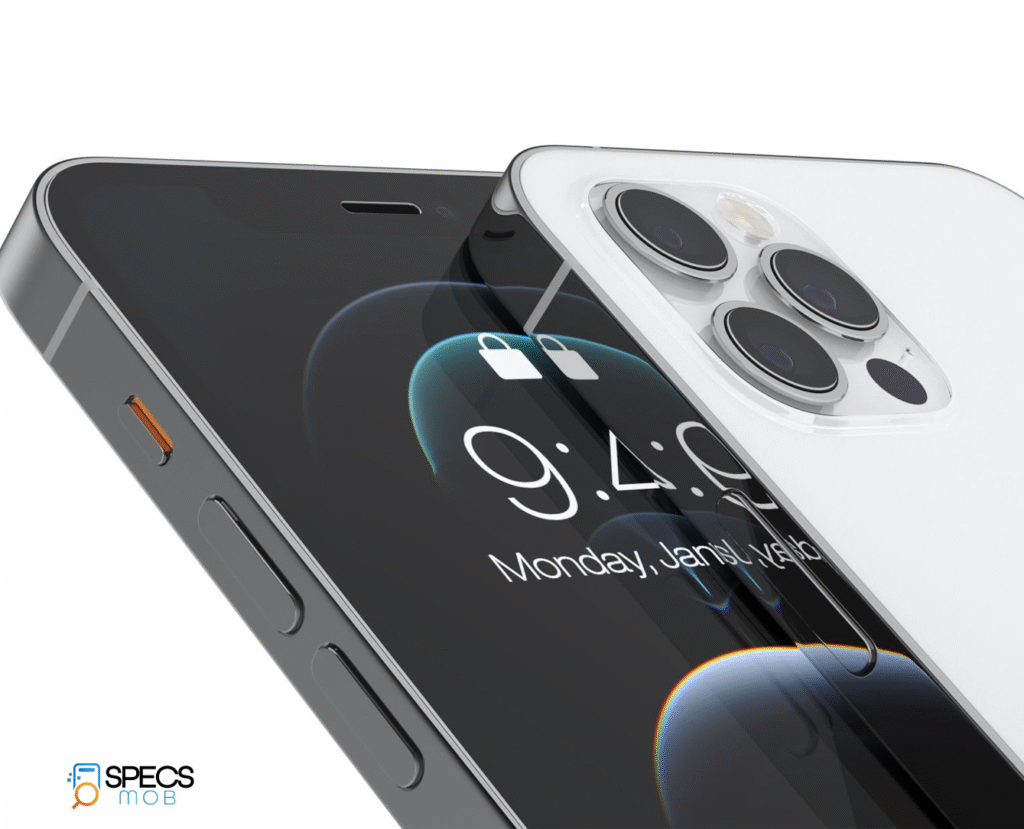
Finally, Apple announced that they would discontinue the inclusion of a charger or headphones with this phone, which is priced at over $1,000, in one of the most controversial decisions in the industry.
The packaging for this year’s iPhone 12 Pro is one of the most minimal we have ever encountered for a smartphone. Only the phone itself and a USB-C/Lightning cable are provided. There are no chargers or headphones included. Apple assumes that you already possess these items or, even better, buy them separately.
Additionally, there is a small sleeve within the package that holds an Apple logo sticker along with the SIM ejection PIN. Since we already possess those items, Apple ought to have skipped the hassle of including them. In fact, there’s no requirement for a box either; simply encase the iPhone 13 with bubble wrap.
Well, we’re a bit disappointed, but the price of the iPhone 12 Pro is also a little high. Let’s take a look at what it has to offer for our hard-earned cash in the pages ahead.
Design:
The iPhone 12 Pro may be tempting due to its enhanced features, but the Series’ redesigned appearance will have a major impact on many iPhone 12 Pro purchases. Some of us on the team share this attitude.
The iPhone 4 and 5 had legendary designs. We have been waiting for their restoration ever since seeing it replicated on iPads, and it is now taking place. This redesign of the iPhone Series 12 is more likely to be remembered than its much-heralded features, such as 5G.
The new Ceramic Shield glass, which is made by Corning and has microscopic ceramic crystals added to make this year’s screen glass more durable, is the centerpiece of the revamped design. The new screen glass is said to be four times more breakproof than that of the iPhone 11, according to accounts. The drop test videos that all of these fans have posted online suggest that the new iPhones are far more shatter-resistant.
The Ceramic Shield also features Apple’s oleophobic coating for improved smudge resistance and is ion-strengthened against scratches. Fingerprint smudges are very easy to wipe away, even if scratch-resistant screen glass does not exist right now.
The rear panel is gorgeous, featuring the same frosted glass as the iPhone 11 Pro in a flat design. The back panels of the iPhone 12 series are not made of the same Ceramic Shield substance. They are just as resistant to cracking and scratches as the iPhone 11 because they are the same as the ones from the year before. Although it differs from what you get in the front, it’s not all that awful.
However, the frosted layer on the back glass provides better protection against scratches. Based on our experience with the iPhone 11 Pro, objects in your pocket can scratch it, but these scratches are easily removed with a bit of rubbing and wiping.
The back panel of the iPhone 12 Pro is quite different from that of the iPhone 12. It has a frosted panel and a shiny, mirror-like camera square. The new flat frame, which replaces the iPhone 12’s lighter and frosted aluminum chassis with this stunning, shiny stainless steel piece, is also in the same vein. You cannot purchase an iPhone with a completely matte finish this year.
The steel frame of the iPhone 12 Pro receives luxury points because it gives the gadget a premium feel. The 12 Pro, for the record, is obviously flat and capable of standing upright on its own. However, the frame’s extreme glossiness draws fingerprints and is hard to keep clean. It develops ugly smudges after only 30 minutes of usage.
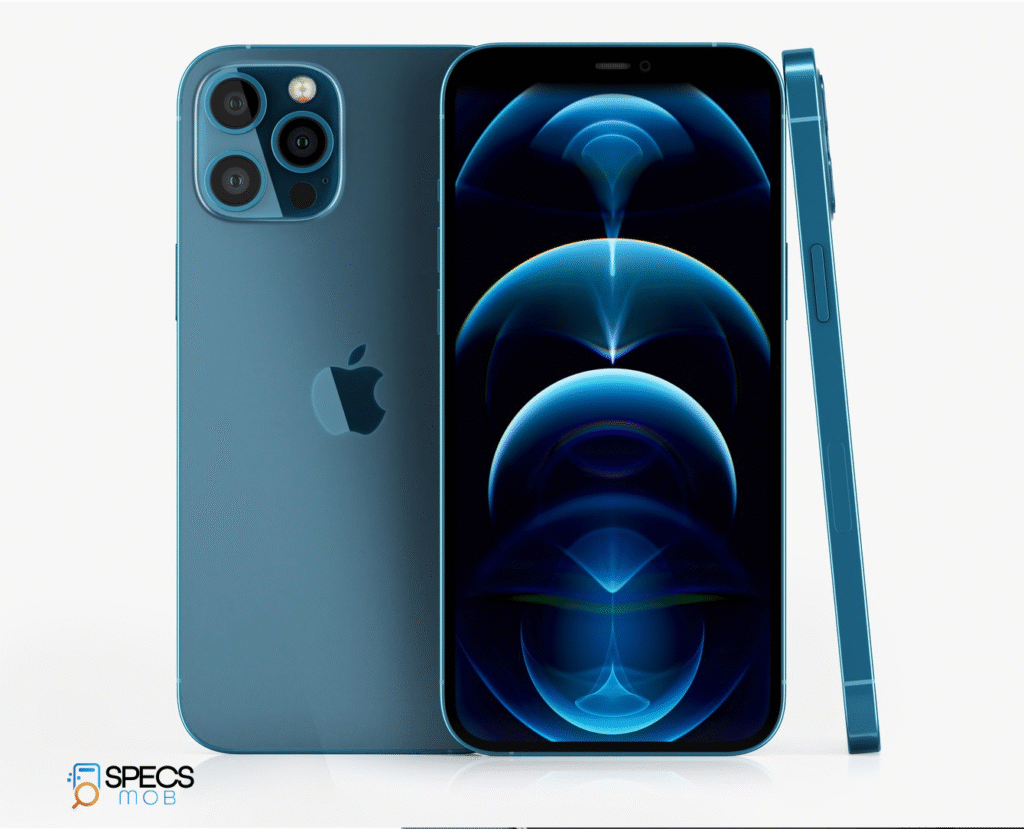
In addition, stainless steel is heavier than aluminum. The iPhone 12 and 12 Pro are the same, with the exception of the extra telecam and the LiDAR scanner. But we believe that the iPhone 12 Pro is 35 grams heavier than the regular iPhone 12 because of its frame.
The frame’s lack of grip is its worst attribute, last but not least. It can be difficult to pick up the iPhone 12 Pro from your nightstand or desk when it’s not in a case, and you run the risk of dropping it in the process. It’s so awesome!
Despite the iPhone 12 Pro’s IP68 certification for dust and water resistance, Apple has further enhanced its water protection with the new design. The iPhones can now endure water depths of 6 meters for 30 minutes with certainty. The Ceramic Shield and this make the 12th generation one of the strongest non-rugged smartphones on the market.
The 6.1″ Super Retina XDR OLED screen of the Apple iPhone 12 Pro is a bit bigger than the one on the iPhone 11 Pro.The notch remains big despite the tiny bezels.
One of the most persistent rumors this year was the 120Hz ProMotion display, which never came to pass. It’s depressing for reasons we’ll never know why, but even the more expensive Apple flagship models continue to have 60Hz displays. That 5G connection would have been a welcome upgrade, and we would have been happy to swap it for 120Hz. It is what it is.
The same characteristics as the iPhone 11 Pro are found inside that hideous notch: a 12MP selfie camera on the right, a stereo speaker/earpiece in the middle, and a Structured Light 3D camera on the left. Face ID is presently your only option for biometric security, and it seems that Apple has no intention of introducing a next-generation Touch ID sensor. It’s really too bad that there’s only a face unlock feature available, given how frequently we are required to use masks.
The screen is entirely flat. Not even a 2.5D finish can be seen on the edges. The rear panel in our instance is made of frosted graphite and is also flat, giving it a great appearance. The Apple logo, as always, is a small mirror.
The somewhat protruding camera square has three 12MP cameras: primary, telephoto, and ultrawide. Additionally, the LiDAR sensor and dual-LED flash are located here. The square glass at the rear is so polished and has rounded corners that it nearly resembles another mirror.
Each of the three snappers is encircled by miniature metal rings, and a millimeter or so protrudes from the common glass. Finally, sapphire glass components that protrude about half a millimeter outside the rings safeguard each of these snappers.The phone’s camera system doesn’t seem like a big bulge and shakes less because of all this meticulous planning.
Since the iPhone’s robust sapphire glass components are the ones that touch the surface you set it on, there is a considerable risk of harming glass or other glossy surfaces, let alone other gadgets. As a result, even though the cameras are well protected, be mindful of where you put your iPhone. Don’t lay it on top of other phones, of course!
Apart from the SIM tray being shifted to the left, the frame may have a different design, but it otherwise has no surprises. On the left side are the flat volume keys and the traditional silencer switch. The Lightning connection, the second stereo speaker, and the mouthpiece are at the bottom, while the Side/Power button is the only one on the right.
The iPhone 12 Pro is the same size as the iPhone 12, but 3mm taller than the iPhone 11 Pro. Even if it weighs the same as its predecessor, it is a bit heavier than the iPhone 12. The redesigned frame makes it feel somewhat safer and fits better in the hand than the iPhone 11 Pro.
In contrast to the iPhone 12’s matte frame, it doesn’t have the same sense of security in the hand. Despite the sharp borders, the glossy frame blends perfectly with the glass and has little to no traction. You have to make a case for this amazing number, even if it’s sad. I’m sorry.
We really like the angular form and flat surface, and we certainly appreciate the enhanced water resistance and shatterproof glass. It is most likely an amazing technological achievement that warrants more research. However, since the iPhone 12 Pro’s cons far outweigh its pros, we think it merited a more thorough frame polish than this shiny mess.
Display :
The iPhone 12 Pro has a 6.1-inch OLED screen with sharp, clear quality thanks to its resolution of 1,170 by 2,532 pixels and 460 pixels per inch. It has Ceramic Shield protection and an oleophobic coating for increased smudge resistance. The screen supports HDR10 and Dolby Vision. All well-known streaming services offer high-resolution HDR video.
The Apple iPhone 12 Pro display has the Taptic Engine-powered Haptic Touch feature in addition to Wide Color compatibility and True Tone modifications.The iPhone 12 Pro’s screen is, in fact, very similar to that of the iPhone 11 Pro.The screen is slightly larger this time, measuring diagonal distance at 6.1 inches, as opposed to the 11 Pro’s 5.8 inches.
A modest increase in resolution is enough to maintain a pixel density of 460 ppi. In all other respects, we’re still seeing an OLED screen with a large notch, a refresh rate of 60 Hz, and touch sampling at 120 Hz.
No, Apple did not introduce the speculated high refresh rate display. This won’t be a big deal if you’re already firmly established in the iOS ecosystem or if you’re still using an older device from a different manufacturer with a refresh rate of 60 Hz.

If you come from the Android camp, where even mid range smartphones will have high refresh rate displays by 2020, you’ll be a bit annoyed that the expensive iPhones don’t have them. We presume we’ll have to wait for the iPhone 13 Pro.
According to Apple, the iPhone 12 Pro display has an average brightness of 800 nits, while the iPhone 12 display has an average brightness of 600 nits. Both phones have a maximum brightness of 1,200 nits.
The iPhone 12 Pro’s maximum brightness was tested at 802 nits using our unique testing configuration, which is exactly what the display provides. The lowest brightness is surprisingly low, at 1.8 nits. With such a bright display, you wouldn’t even realize that no iPhone has the highest auto boost.
With a maximum variation of 3.0 and an average deltaE of 1.9, the iPhone 12 Pro’s screen has amazing color accuracy when compared to sRGB targets. When DCI-P3 material is shown, the iPhone 12 Pro automatically switches to this color space, which is fully supported by DCI-P3. The iPhone 12 Pro maintains its exceptional color accuracy, as it always has, even at its lowest brightness level of 1.8 nits.
Battery Life:
When compared to sRGB goals, the iPhone 12 Pro’s screen is very color accurate, with a maximum variance of 3.0 and an average deltaE of 1.9. When DCI-P3 material is shown, the iPhone 12 Pro automatically switches to this color space, which is fully supported by DCI-P3.
The iPhone 12 Pro maintains its exceptional color accuracy, as it always has, even at its lowest brightness level of 1.8 nits.
When we tried to drain the battery while playing games, the iPhone 12 Pro’s GPU turned out to be more efficient, giving us an extra hour of gameplay compared to the iPhone 11 Pro. The performance chapter will provide additional details on this.
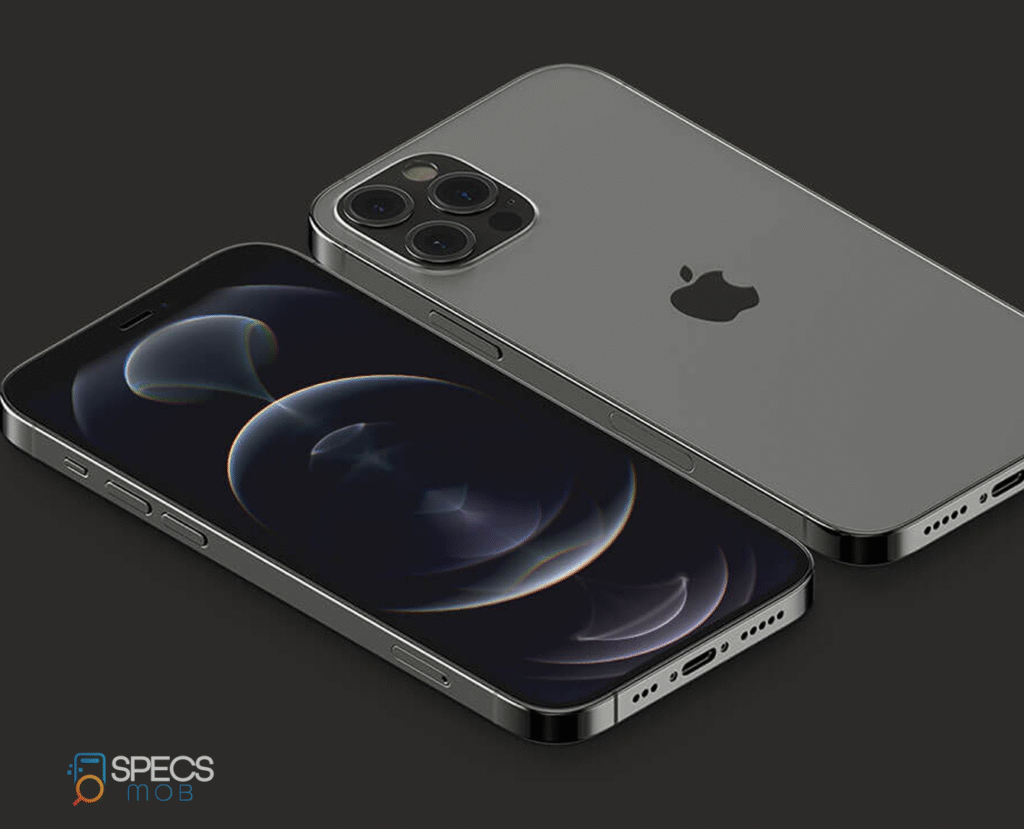
The Apple iPhone 12 Pro, like the iPhone 8, X, XS, and 11 series, features USB Power Delivery for rapid battery charging. As we have already stated, Apple sells this $1,000 phone without a charger. However, you may purchase a USB-PD compatible converter or the Apple 20W PD charger separately.
Performance:
The new LiDAR scanner was given a lot of hype by Apple for good reason. The miniaturization of LiDAR (Light Radar, Light Detection and Ranging, also known as Laser Imaging, Detection, and Ranging) technology is one of Apple’s most significant achievements. It first emerged on the iPad Pro before making its way onto the iPhone 12 Pro.
By measuring the reflections of the laser beams it emits, the LiDAR scanner calculates distances. As a result, the smartphone is able to produce a remarkably realistic three-dimensional picture of an item and place it practically anywhere. Are you thinking about buying new furniture? This will be perfect. Things that cannot be physically compared side by side can have their sizes compared using LiDAR.
The LiDAR scanner functions similarly to a high-end digital tapeline in that it can only be used for distance measurement due to its high degree of accuracy. You may also choose a distance and see simulated walls in real-time at that distance. The LiDAR scanner may be a helpful tool for interior designers and other experts.
You can enjoy a fantastic augmented reality experience with supported games and applications thanks to LiDAR’s strong augmented reality features, which are an added benefit.
Another advantage of this technology is that it allows for a quicker and more accurate focus in low light. Furthermore, the sensor is light-insensitive and capable of operating in a completely dark room, so you may now capture your first low-light images with great subject separation and blur.
To sum up, LiDAR-compatible apps, such as the 3D Scanner App, let you measure distances, scan and position objects anywhere, and export them for usage in your projects. Of course, there are many games where you can benefit from the improved augmented reality experience.
The iPhone 12 family is powered by Apple’s A14 Bionic CPU. It is the first 5nm chipset available for purchase, with a stunning 11.8 billion transistors, 40% more than the A13.
The A14 has a six-core CPU, much like the newest Apple CPUs. It features four smaller Icestorm cores operating at 1.8 GHz and two larger Firestorm cores operating at 3.1 GHz, with TurboBoost technology enabling the latter to run at 3.1 GHz as needed. The enhanced CPU should perform 50% better than the A13.
The new 4-core Apple GPU is expected to be up to 50% faster than the previous year’s iPhones. Next is the new 16-core NPU for machine learning, which increases AI performance by 70%. The iPhone 12’s non-Pro variants come with 4GB of RAM, while the Pro models come with 6GB.The entire iPhone 12 series supports 5G connection since it also includes Qualcomm’s X55 5G modem.
The upgraded camera quality is also mostly attributable to the new A14 Bionic chip and its ISP. The strength of the A14 enables additional capabilities like Dolby Vision recording, Night Mode, Deep Fusion, Smart HDR 3, and more.
The fact that the iPhone 12 and iPhone 12 Pro are the fastest iPhones ever should not be surprising. As usual, the Apple A14 has the most powerful CPU currently available. Although the Apple A14 Bionic chip may make the iPhone 12 Pro the fastest smartphone in the world, this is not one of the reasons to purchase a Series 12. Although they are three years old, iPhones have consistently performed well. The improved ISP and improved machine learning capabilities of the A14 processor are its most important features, as they advance computational photography to a higher standard.
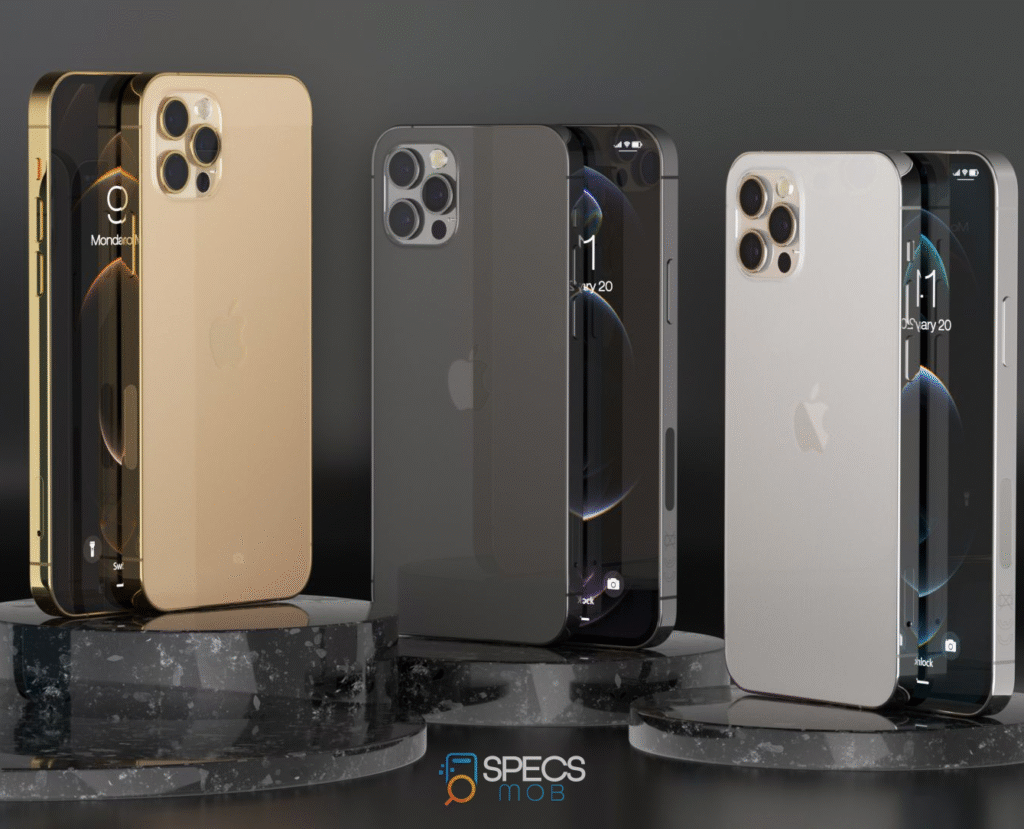
It shouldn’t come as a surprise that the iPhone 12 and iPhone 12 Pro are the quickest iPhones ever made. The A14 is still the most powerful CPU available, just like Apple’s earlier models. Although the Apple A14 Bionic chip might make the iPhone 12 Pro the fastest smartphone in the world, this won’t be one of the reasons to purchase a Series 12. iPhones have consistently performed well, even though they are three years old. What truly matters and advances computational photography to a new level are the A14 processor’s new features, such as the improved machine learning and the updated ISP.
Given the excellent frame rates obtained on the offscreen benchmarks, we may say with confidence that the 120Hz displays on the iPhones are already many years behind the times.
The iPhone is great for gaming, but the iPhone 12 Pro has a superior cooling system that lowers throttling during prolonged benchmarks or gaming sessions. The iPhone 12 gets quite warm around the frame and back glass, whereas the Pro version gets a bit warm. Additionally, it’s clear.
With a stability score of 90.9%, the iPhone 12 Pro passed the 3D Mark Wild Life Stress Test, which replicates 20 repetitions of the Wild Life graphic test.Initially, the iPhone 12 had an 84% stability rating. Nonetheless, it dropped to 75% after we loaded apps like Facebook, Skype, WhatsApp, Messenger, Bluetooth devices, and others. In contrast, the stability of an iPhone 11 Pro Max with a similar volume of traffic is 82%.
The results were, not unexpectedly, the consequence of a tough GPU test. We put Call of Duty Mobile through its paces on the iPhone 12 Pro and 11 Pro and found that both devices performed similarly, with no overheating or noticeable battery loss. The iPhone 12 Pro was able to play that game for 9 hours and 39 minutes, while the iPhone 11 Pro could only do so for 8 hours and 36 minutes.
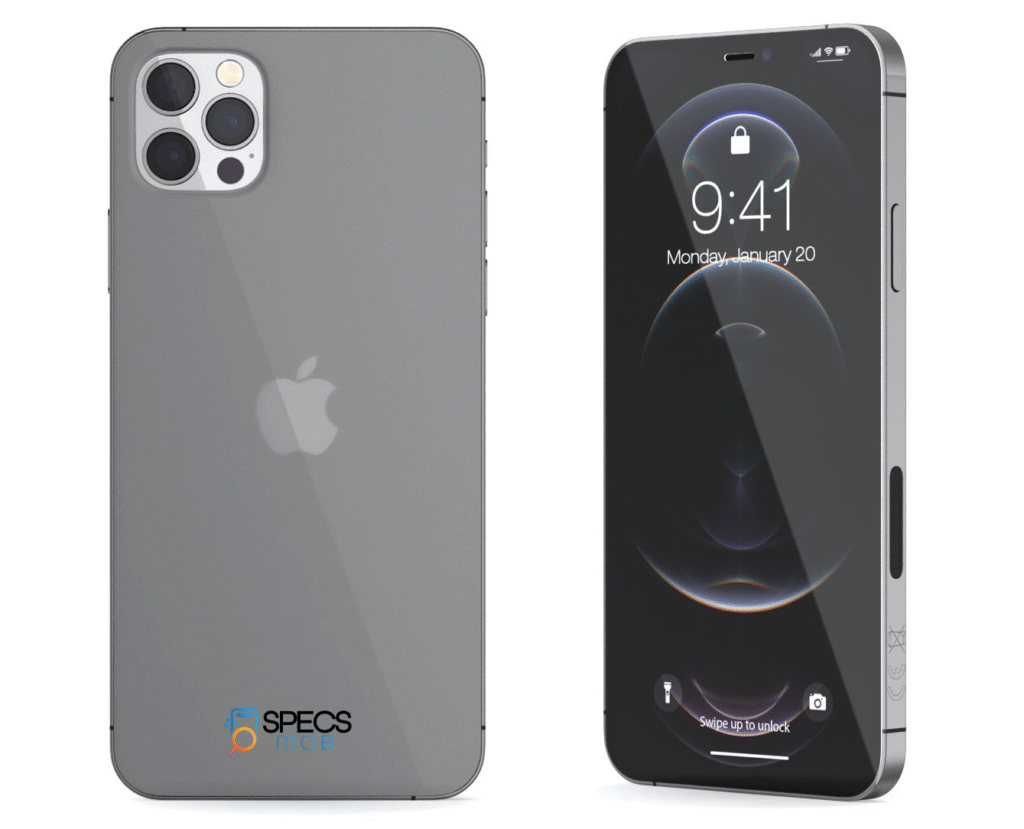
Gamers should choose the iPhone 12 Pro over the iPhone 12 because of its better cooling and stability. It also offers about an hour more playing time than the iPhone 11 Pro.
Summary :
The iPhone 12 Pro has a number of premium features over the iPhone 12, including a stainless steel frame, a triple camera configuration with a telephoto lens, and a LiDAR scanner. It boasts a 6.1″ Super Retina XDR OLED screen with Ceramic Shield for enhanced durability, even if it still doesn’t have a 120Hz refresh rate. The A14 Bionic chip improves low-light focus, photography, and augmented reality in addition to providing better performance. The Pro model has better heat management and a longer gameplay session than its forerunner. However, it includes nearly all of the same features as the iPhone 12, but it does not come with a charger or headphones. In spite of its strength and elegance, the glossy frame is slick and easily covered in fingerprints. Despite some real-world limitations, it is generally robust.



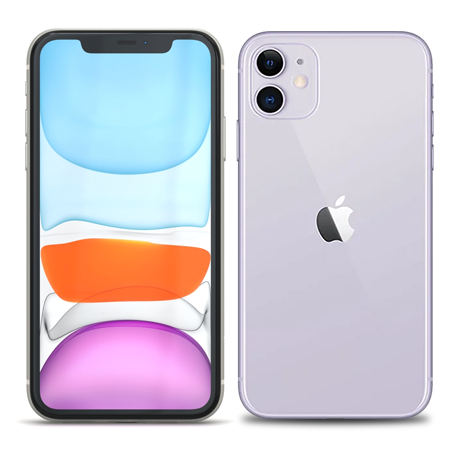
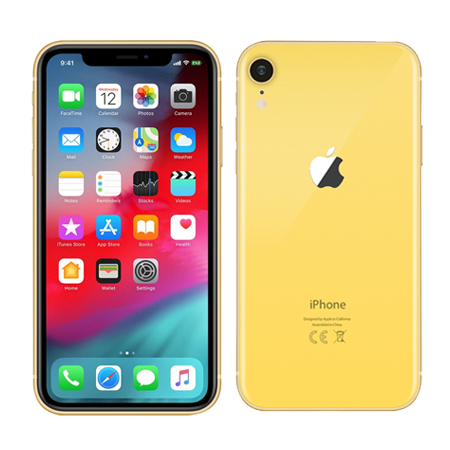
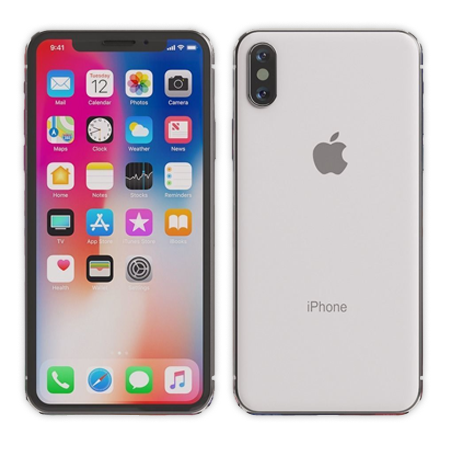
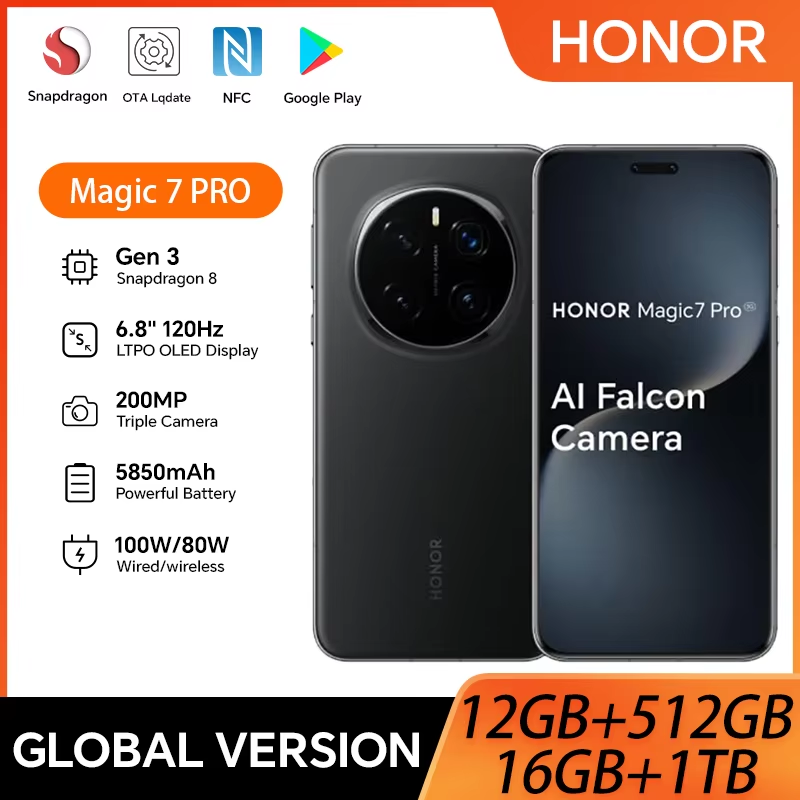

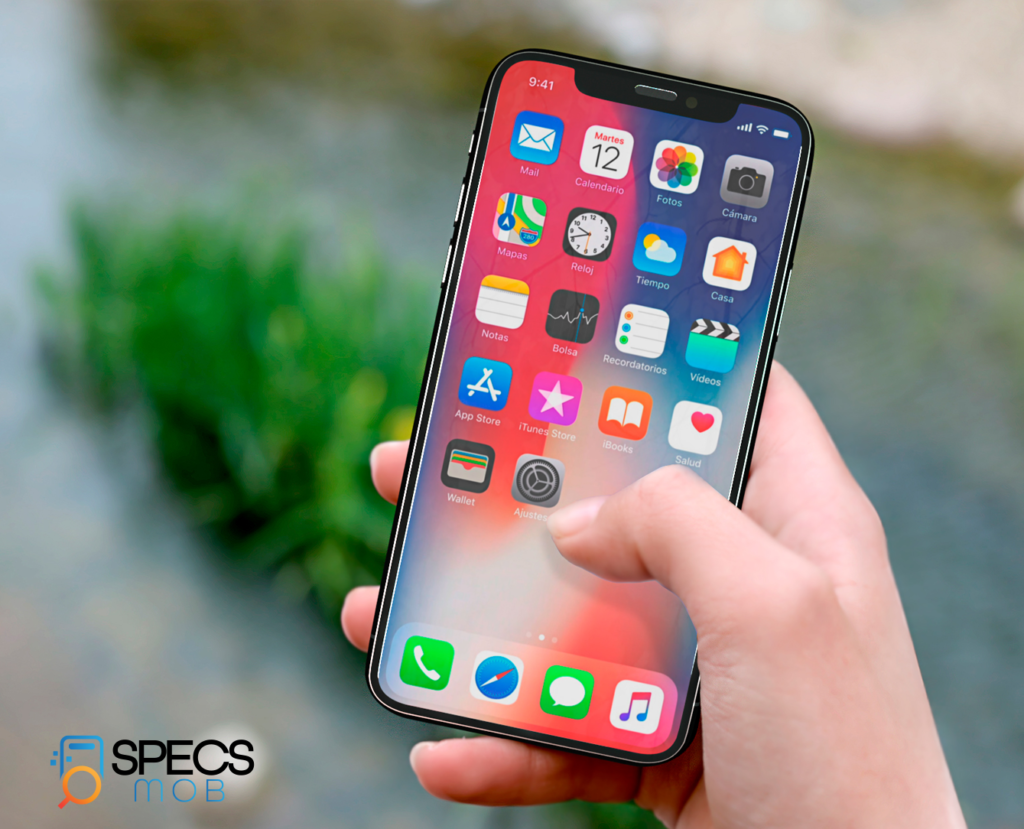
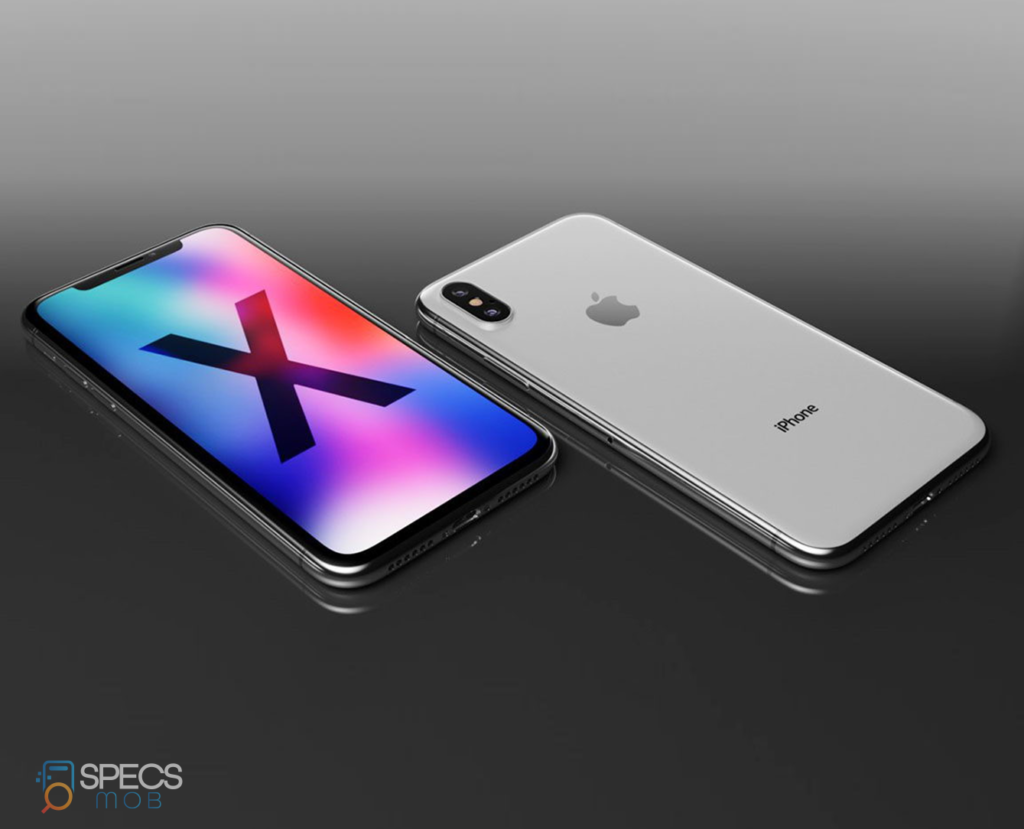
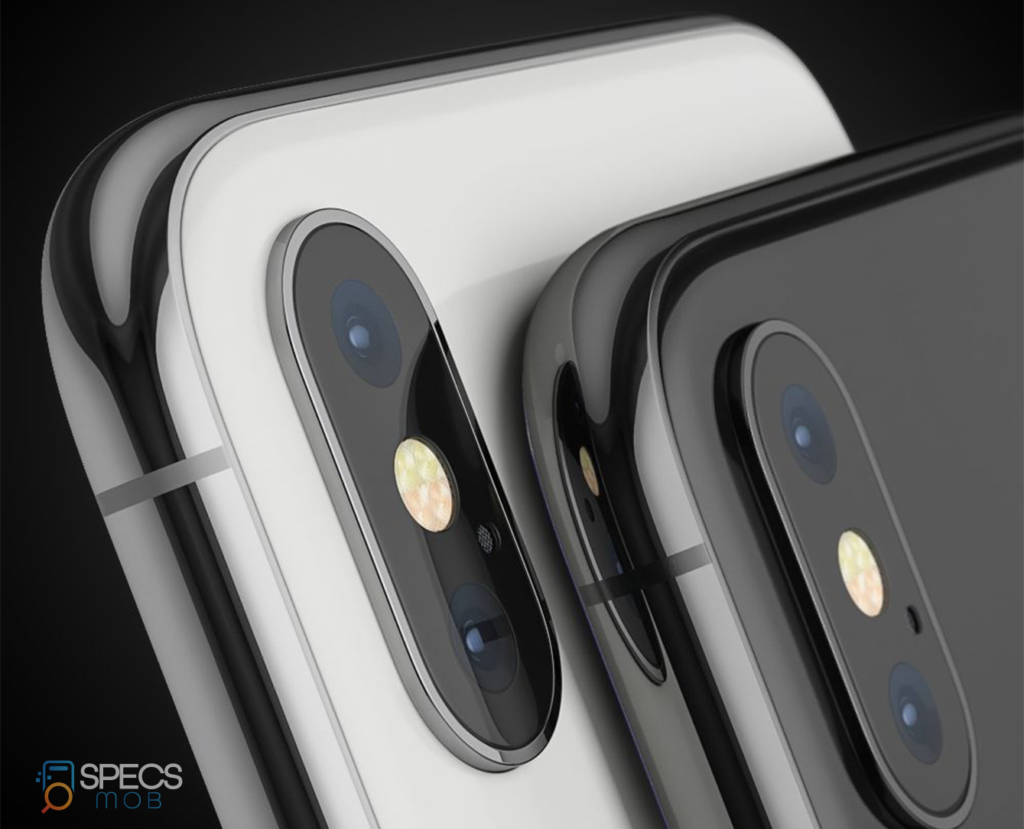
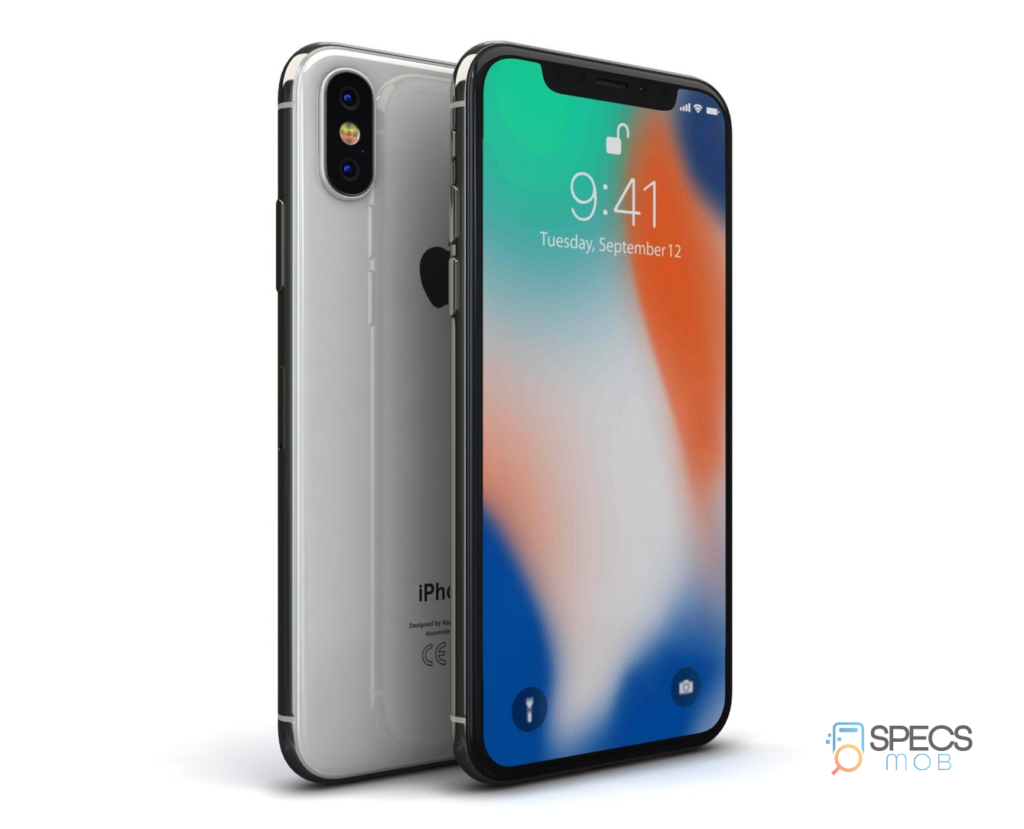
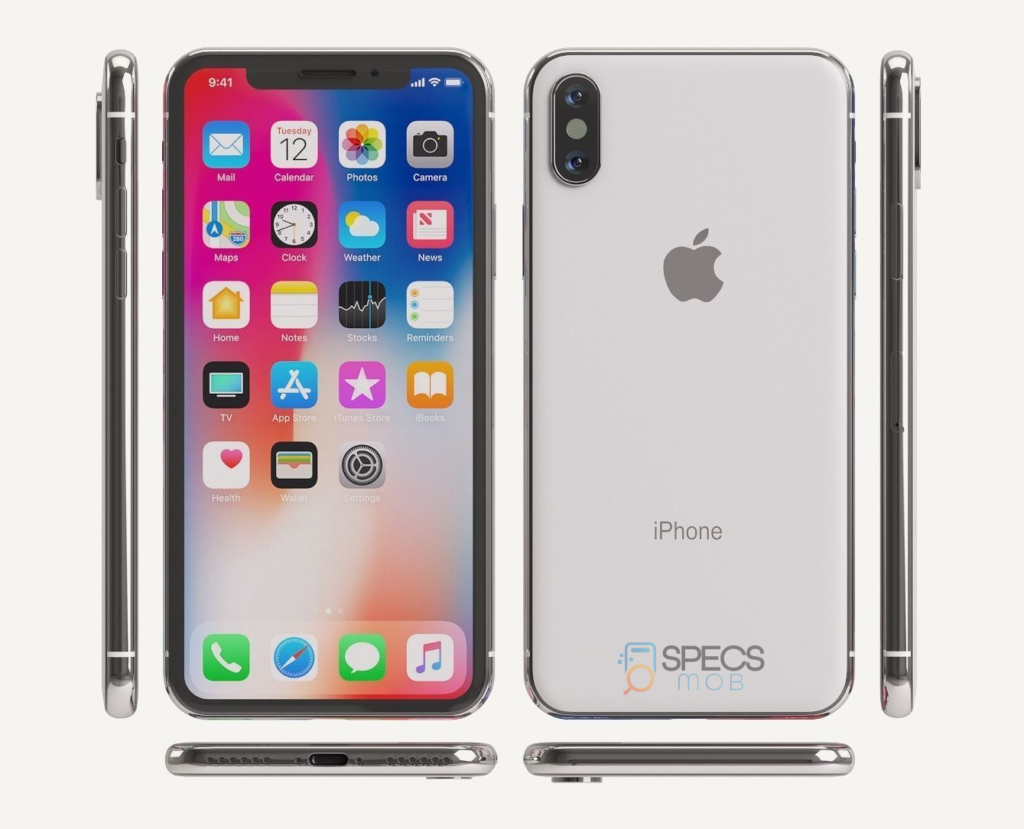
1 thought on “Apple IPhone 12 Pro Review”
Poco F7 Pro Review